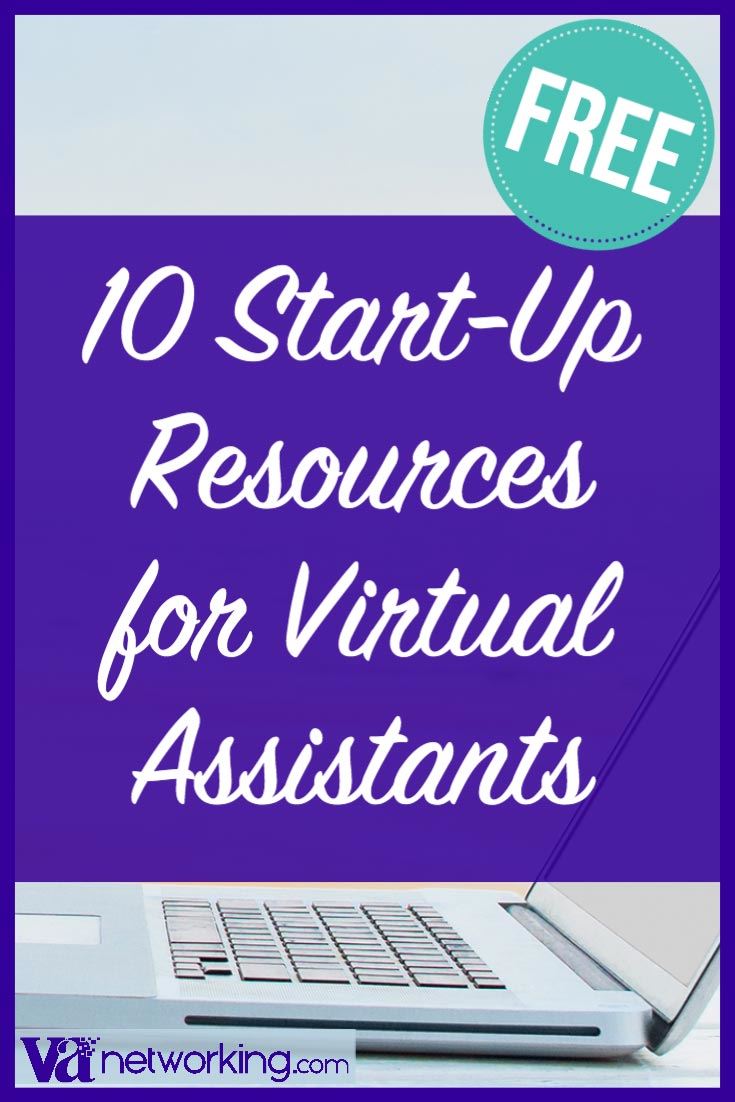Top 10 Rules of E-mail for Virtual Assistants
By VAnetworking member Dawn Goldberg
You are highly skilled, multi-talented VA, and you have great ideas. As a VA, communication is key to building relationships with your clients. And you’ll probably be communicating with customers of your client. Actually, to the clients’ customers, you are the client. E-mail is a vital tool in your business as a VA, increasing efficiency if it is used correctly.
As helpful as e-mail is, you want to make sure you are communicating with and representing your client in the best manner. Here are ten rules that will help you do just that.
- Know your client. Does he want one e-mail a day with a summary of everything, or does he want one subject per e-mail?
- Number the items you want your client to respond to. That way nothing gets lost, either for your client or you.
- If your e-mail asks for feedback, use Outlook tasks to set yourself a reminder. It can be awfully easy to send off an e-mail, breathe a sigh of relief that it’s off YOUR plate, and then promptly forget about it.
- Send messages to your client in plain text. That way you don’t have to worry about her spam filters or funky formatting. If you must send in html, find some way to differentiate your replies. In an e-mail discussion where every reply is blue, it’s too difficult to see whose reply is whose. Use purple (my favorite) or some other color for your replies.
- If you’re sending an attachment, get in the habit of attaching the document first before you enter in the recipient’s name. That way if you accidentally hit send before you attach the document, it won’t go anywhere.
- Use signature lines. Create signature lines for each client. Make your clients look bigger and better by having a company signature. In addition, create a signature for all e-mails you send on your own behalf. Using your name and company name will remind your clients and others of who you are, what you do, and what you stand for.
- E-mail is not confidential. Protect your client by using discretion when sending e-mails.
- Don’t assume that your client got an important message from you just because you sent an e-mail. E-mails do not always reach their destination. If you don’t hear back, call to make sure he got the message.
- Read your e-mail out loud before you send it. Does it say what you want it to say? Is there anything that could be misinterpreted?
- Sometimes it is better to have a voice to voice conversation with your client than to send an e-mail. This is especially true in awkward or stressful times. When difficult situations arise, pick up the phone instead.
E-mail is an amazing technology: quick and casual. Just beware that very quickness and casualness when using e-mail.
Stop by the Virtual Assistant Networking Assocation (VAnetworking.com) today and find that VA you’ve been looking for. They are waiting, ready to assist you with all your business needs.
***
*Source: Virtual Assistant Networking Association
The ever popular, friendly, informative, educational & resourceful network for successful and aspiring “IN THE KNOW” Virtual Assistants and Achievers globally that everyone online is talking about.






